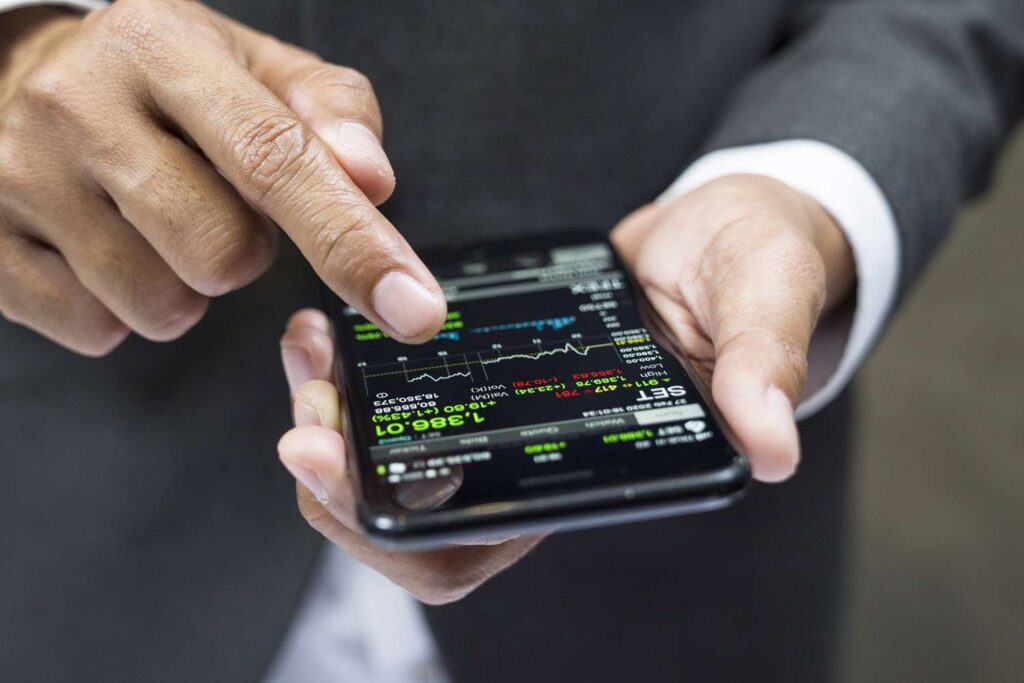Introduction
Crypto markets are thrilling, fast-moving — and emotionally exhausting. From Bitcoin’s parabolic rallies to brutal altcoin crashes, crypto investing taps into deep psychological patterns that can make or break your financial journey.
Why do we buy the top and panic-sell the bottom? Why do some investors hold forever, while others jump from coin to coin?
Understanding the psychology behind these decisions is not just interesting — it’s critical for success.
The Emotional Rollercoaster of Crypto
Crypto investing involves high volatility, making it a fertile ground for emotional decision-making. Prices can soar or crash 20% in a single day. That triggers our fight-or-flight response — the same survival mechanism we evolved to escape predators.
The result?
We act on emotion, not logic.
Key Biases That Affect Crypto Investors
1. FOMO (Fear of Missing Out)
You see a coin pumping. Social media is buzzing. Influencers are screaming “Don’t miss this!” You jump in — often too late.
What’s happening:
The herd mentality kicks in. We fear being left behind more than losing money.
💡 Tip: Use a strategy like Auto-Invest on Binance to remove emotion from timing.
2. Loss Aversion
Psychologists found that losing $100 feels twice as painful as gaining $100 feels good. That’s why we often:
- Sell early during gains
- Hold onto losing coins hoping they’ll “bounce back”
It’s not rational — it’s emotional.
3. Overconfidence Bias
After one good trade, we think we’re geniuses. That leads to:
- Overtrading
- Leveraging too much
- Ignoring red flags
Confidence is good. Overconfidence is dangerous.
4. Confirmation Bias
We follow only the voices that agree with our positions:
- Bullish on ETH? You ignore bear signals.
- Holding DOGE? You seek only positive DOGE news.
You’re not researching — you’re reinforcing your bias.
5. Recency Bias
If prices have gone up for 3 months, we believe they’ll keep going up. We forget that markets are cyclical.
This causes people to buy at the peak — right before corrections.
How to Invest Rationally in Crypto
- Set clear entry and exit rules.
Don’t invest based on vibes. Use technicals, fundamentals, or automated tools. - Diversify and manage risk.
Never go all-in on one coin. Use hardware wallets like Ledger for long-term storage and peace of mind. - Journal your trades and emotions.
After each trade, write:
- Why you entered
- How you felt
- What outcome followed
This helps you identify patterns and improve discipline.
- Limit exposure to hype.
Avoid Twitter pumps, Telegram “alpha” groups, or TikTok “gurus.” Stick to your own strategy.
Why Psychology Is More Important Than Charts
Even the best chart or on-chain indicator can’t protect you from yourself.
You could:
- Buy a great coin at a bad time
- Panic-sell before a rebound
- Miss out because you froze
Mastering your psychology is the ultimate trading edge.
What the Pros Do Differently
- They plan before acting.
They enter trades with targets, stops, and thesis. - They zoom out.
One bad day doesn’t shake their strategy. - They focus on consistency, not quick riches.
And most importantly — they stay detached from the hype.
Final Thoughts: Emotions Are Inevitable, But Controllable
Crypto investing is emotional — but your decisions don’t have to be.
Understand your triggers. Build guardrails. Stay self-aware.
The more you master your inner investor, the less likely you are to repeat the same mistakes — and the more likely you are to survive and thrive in the crypto game.



